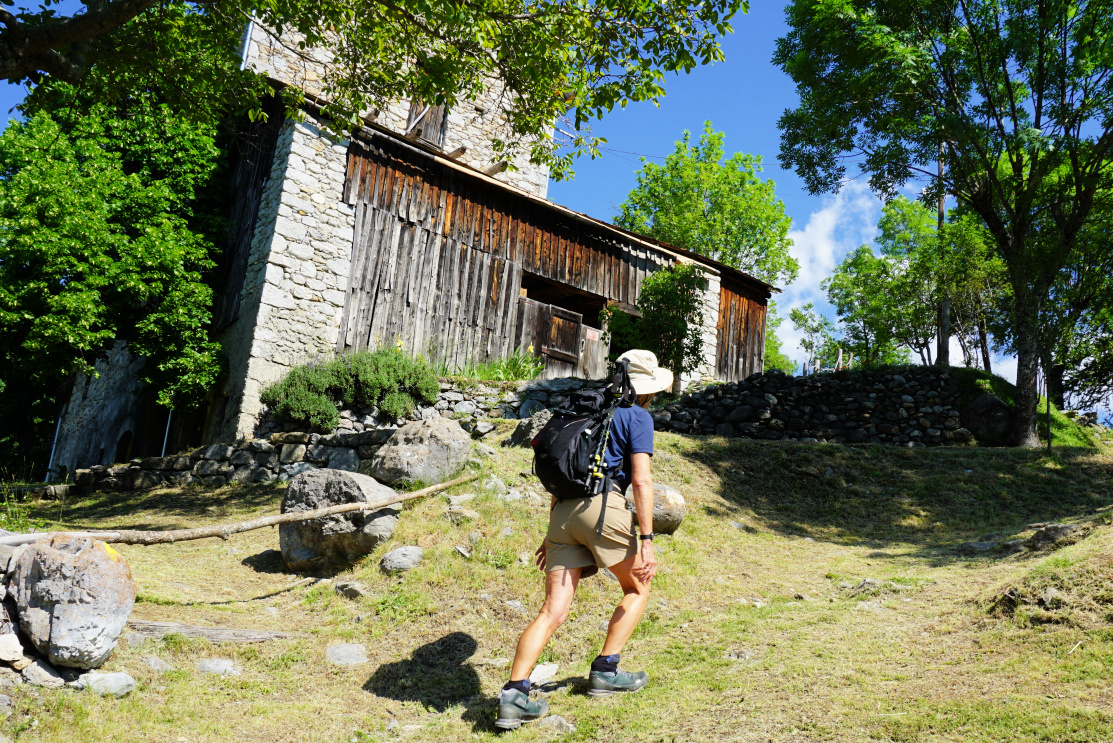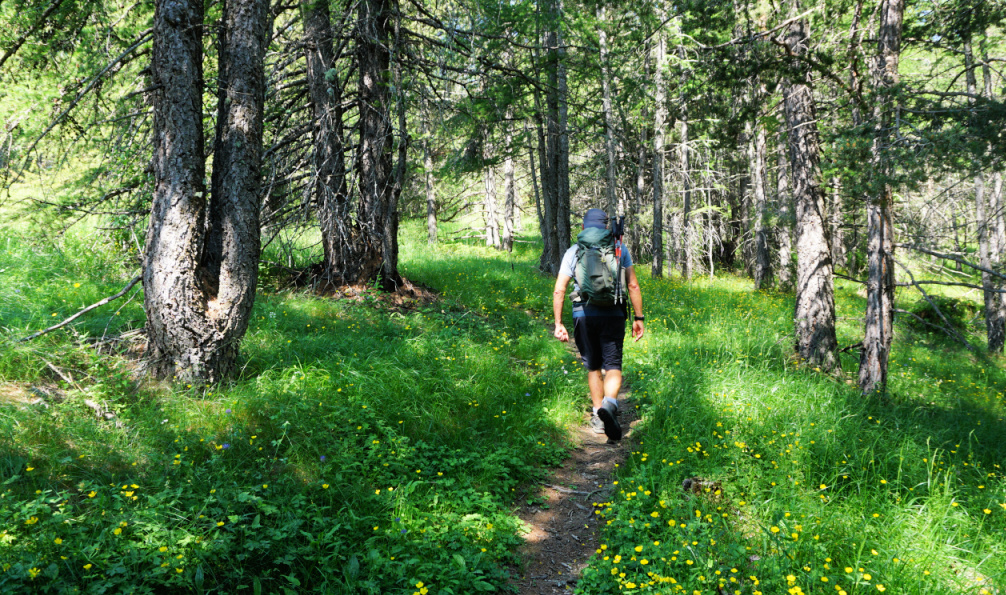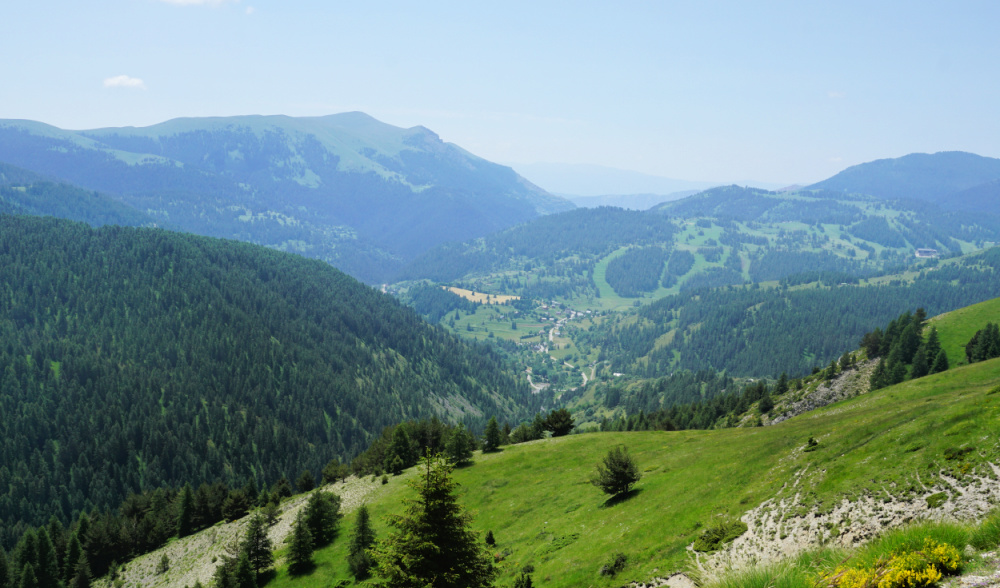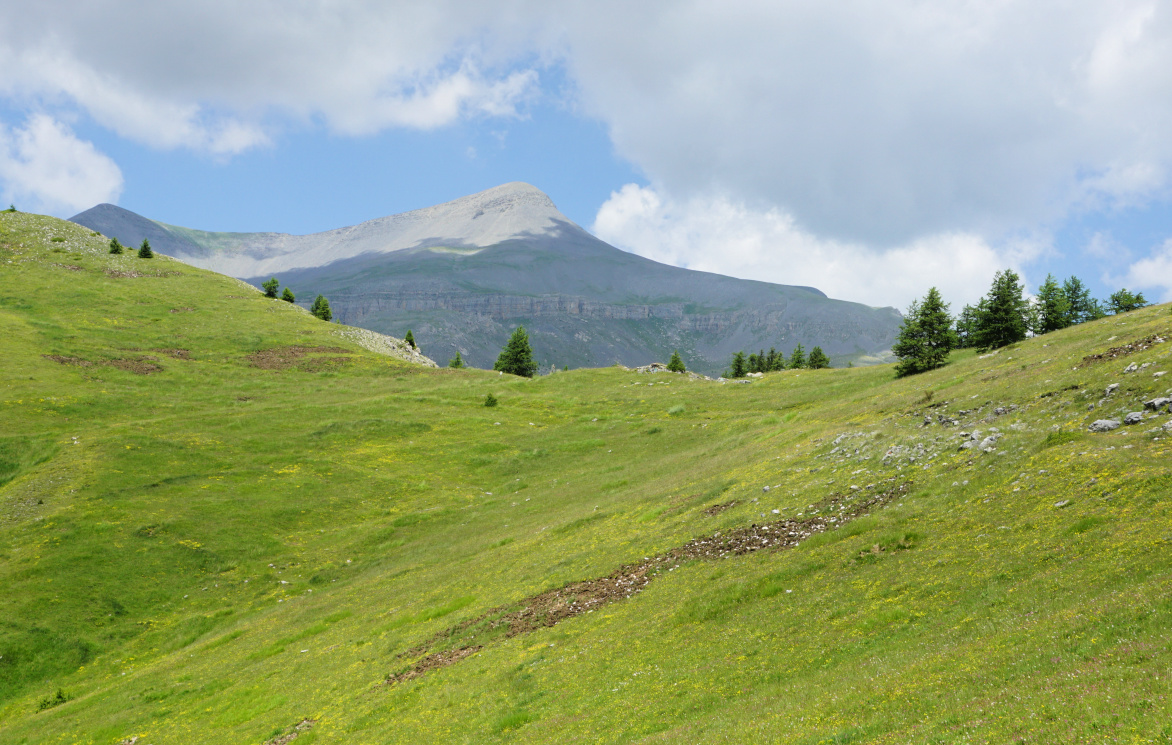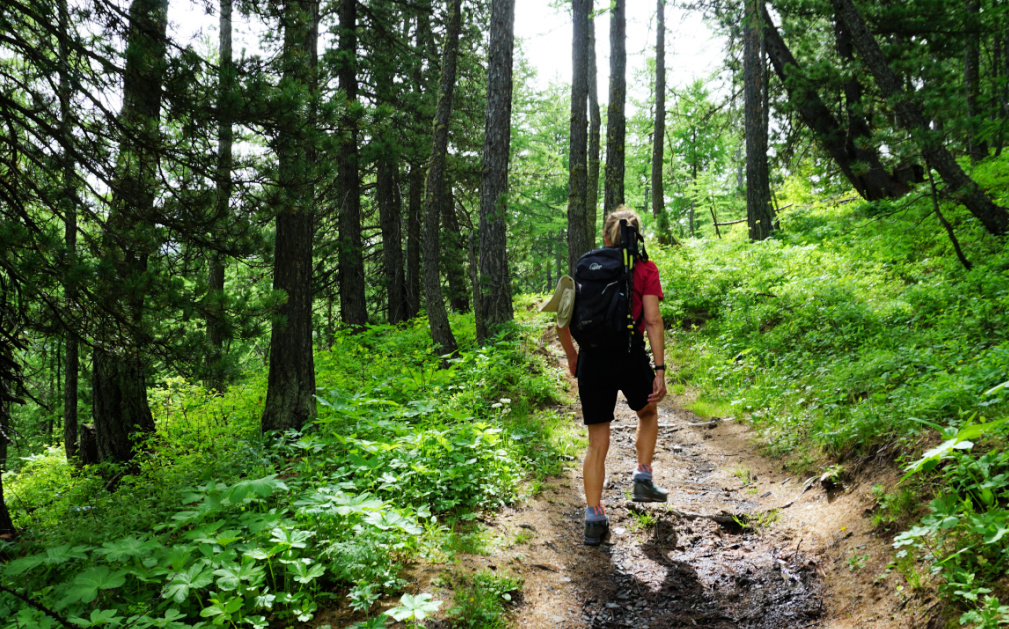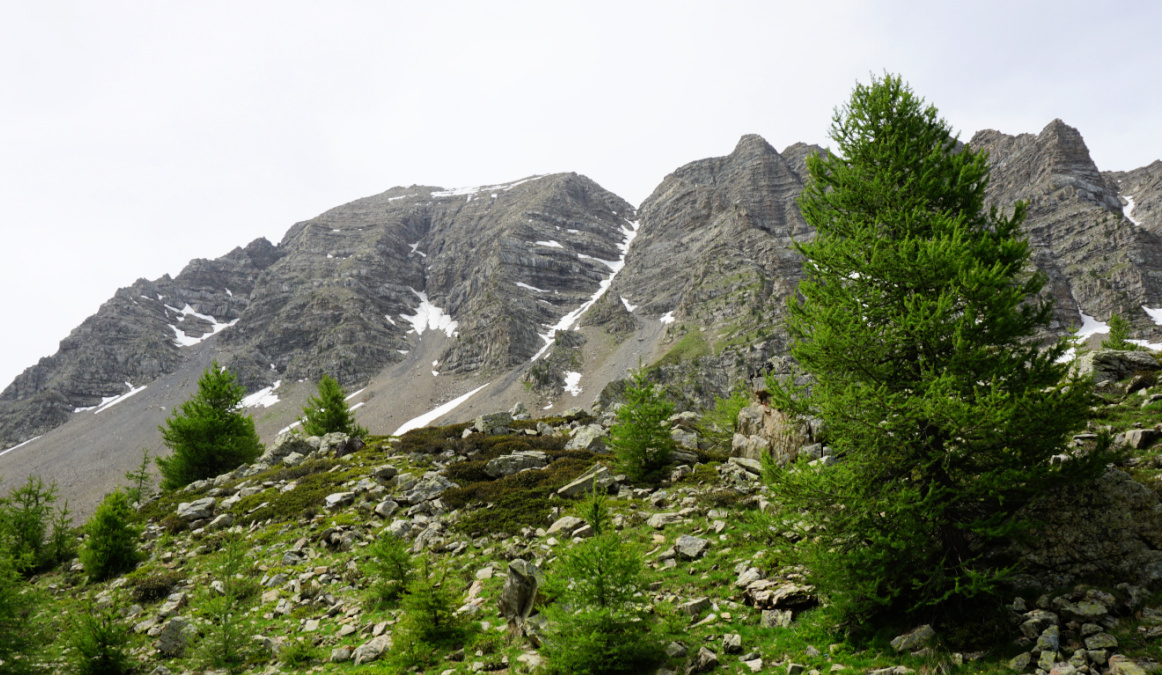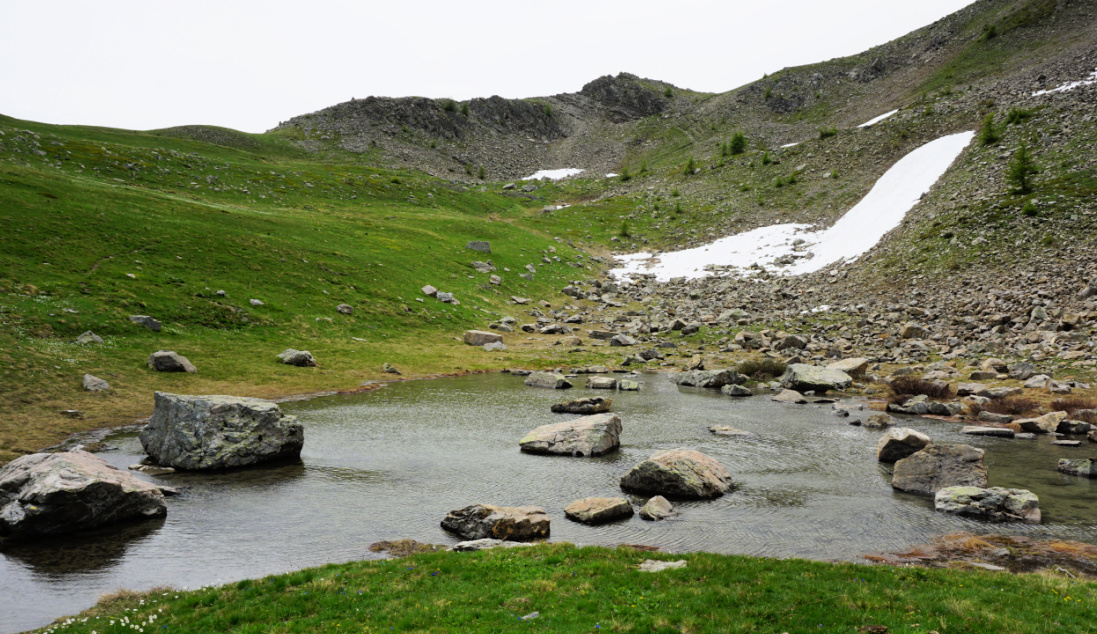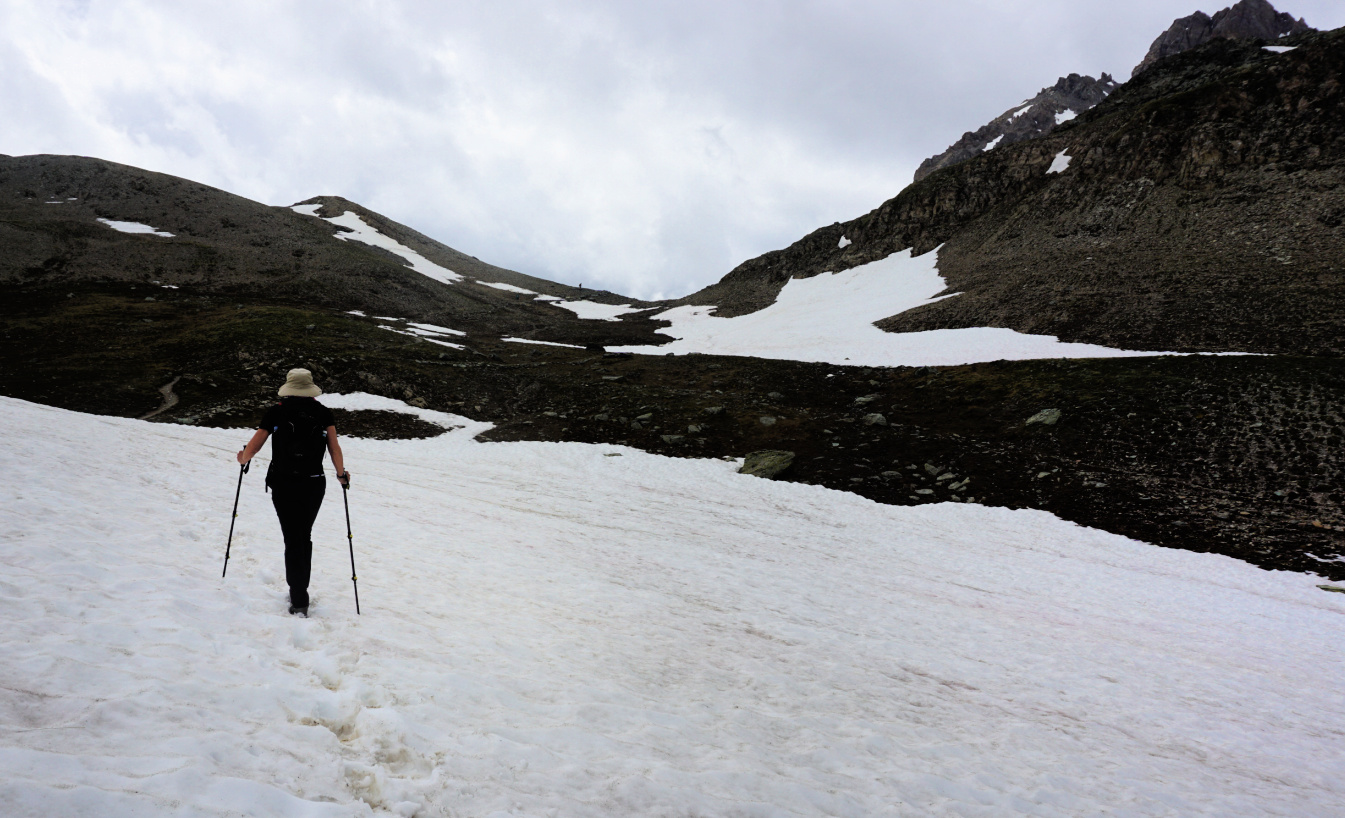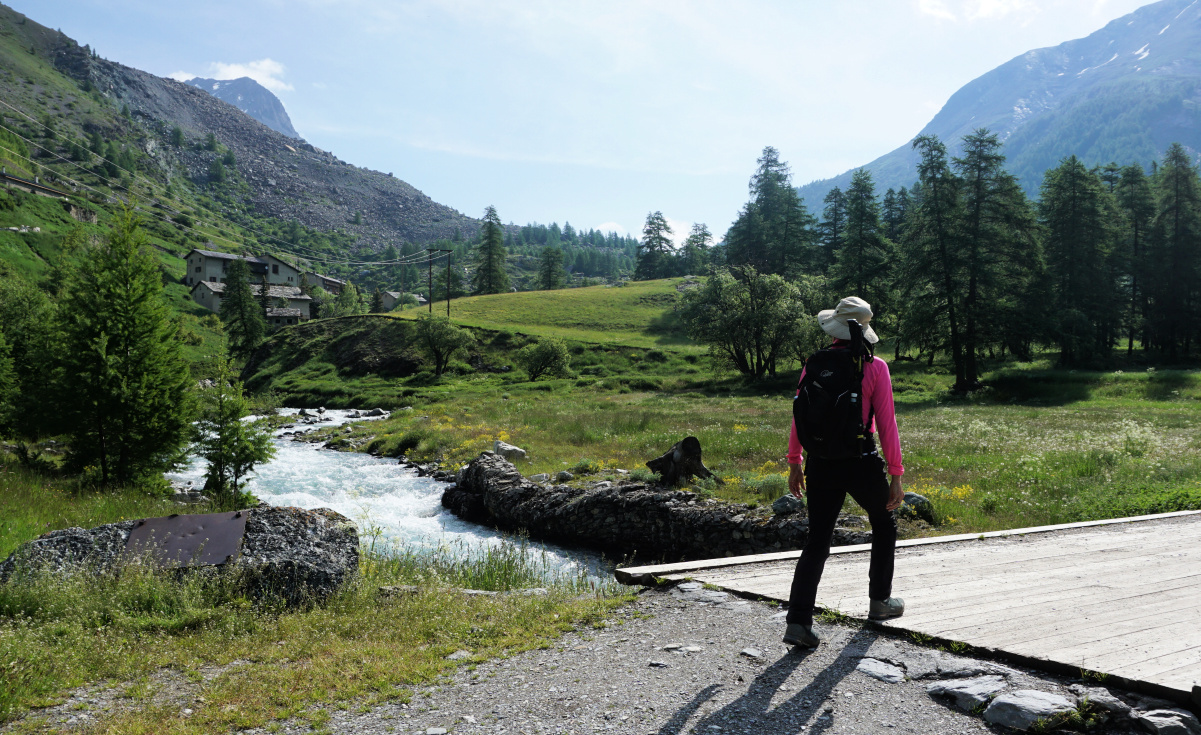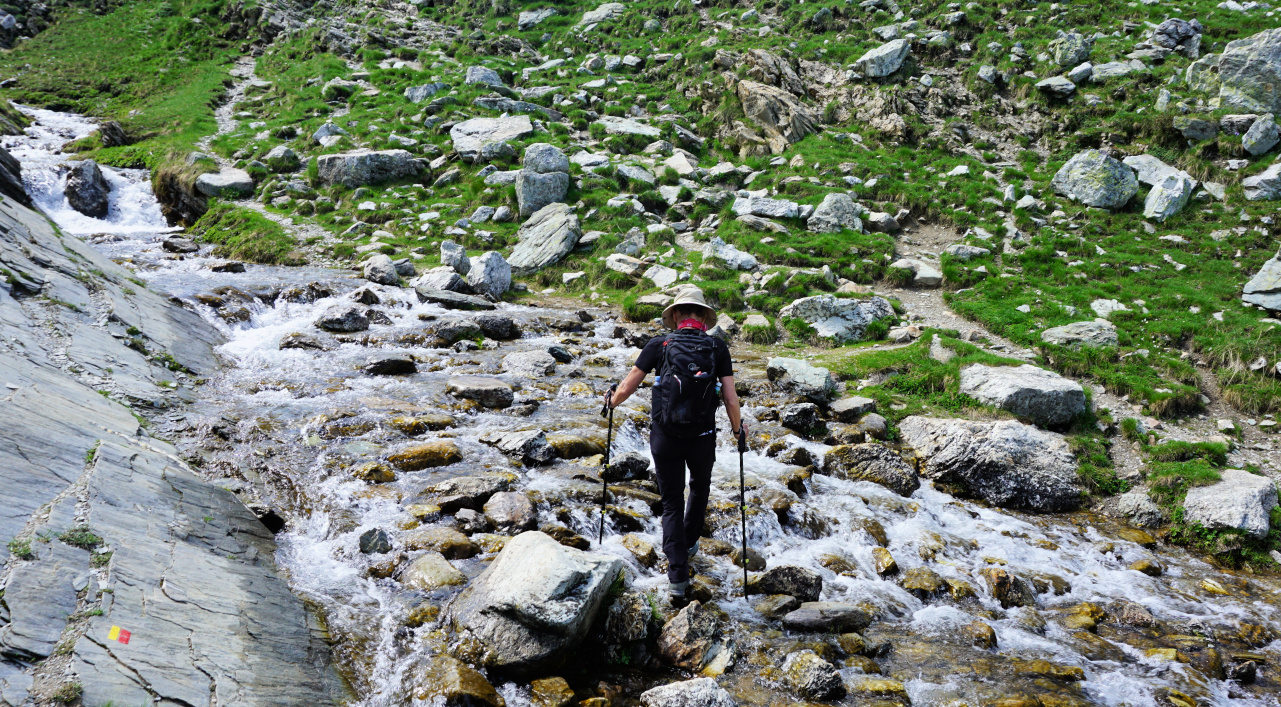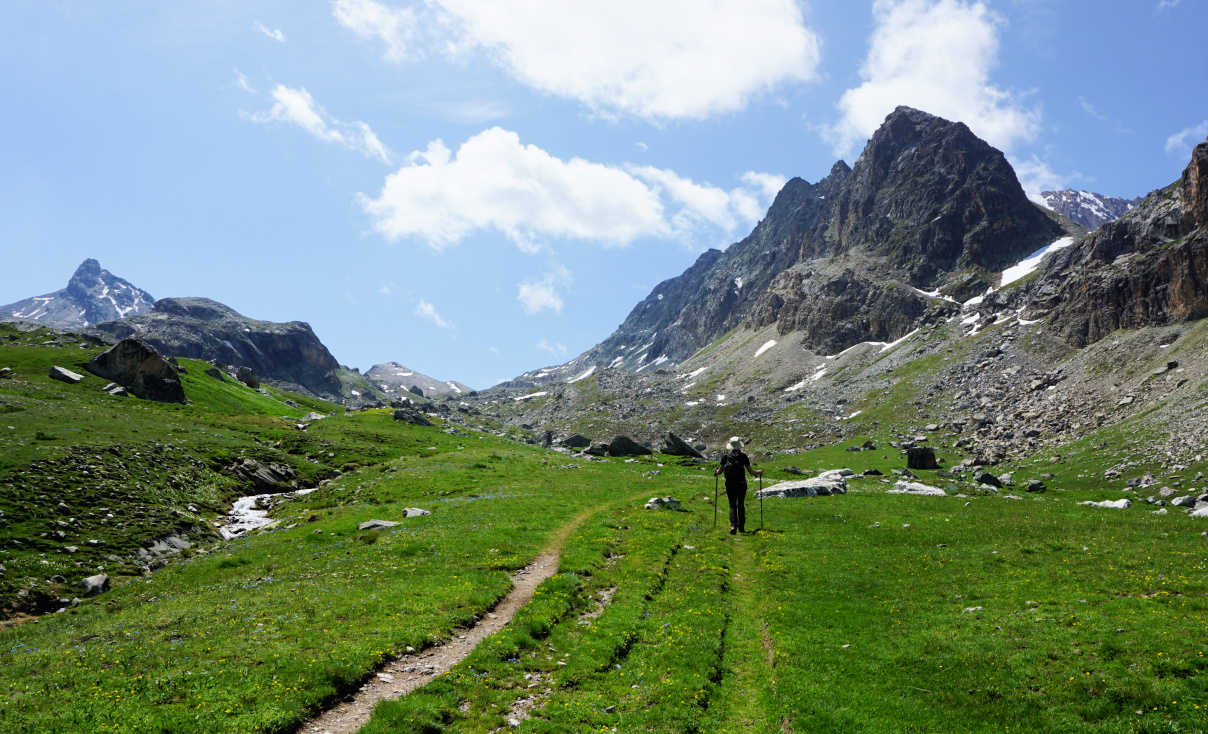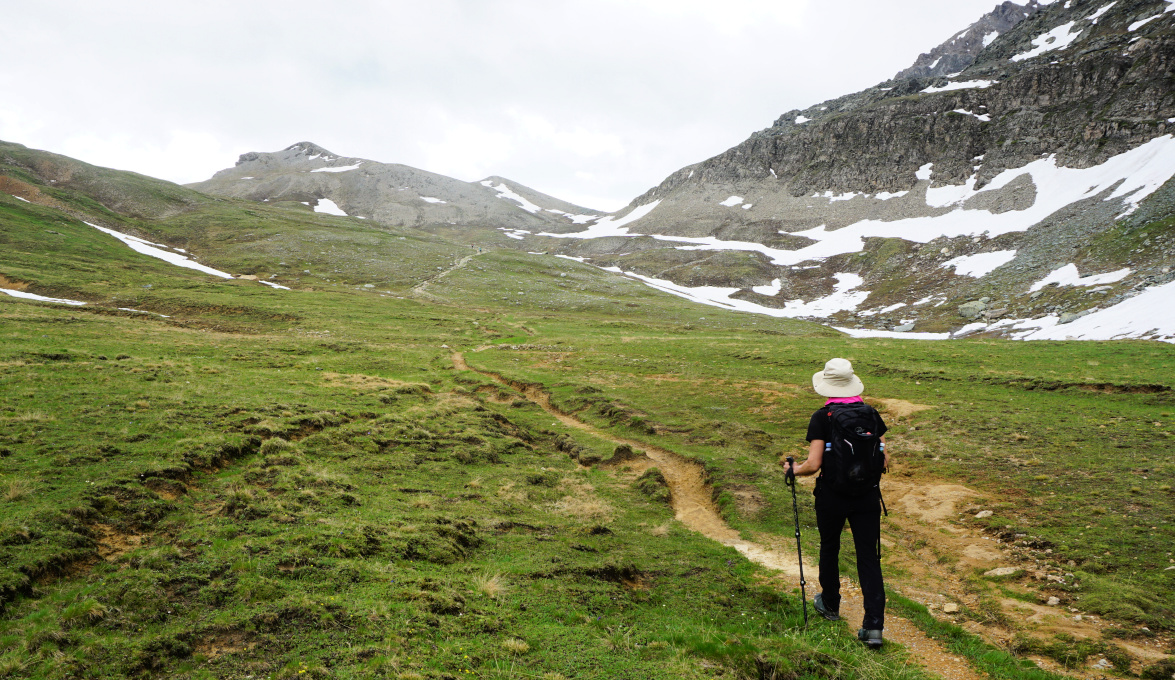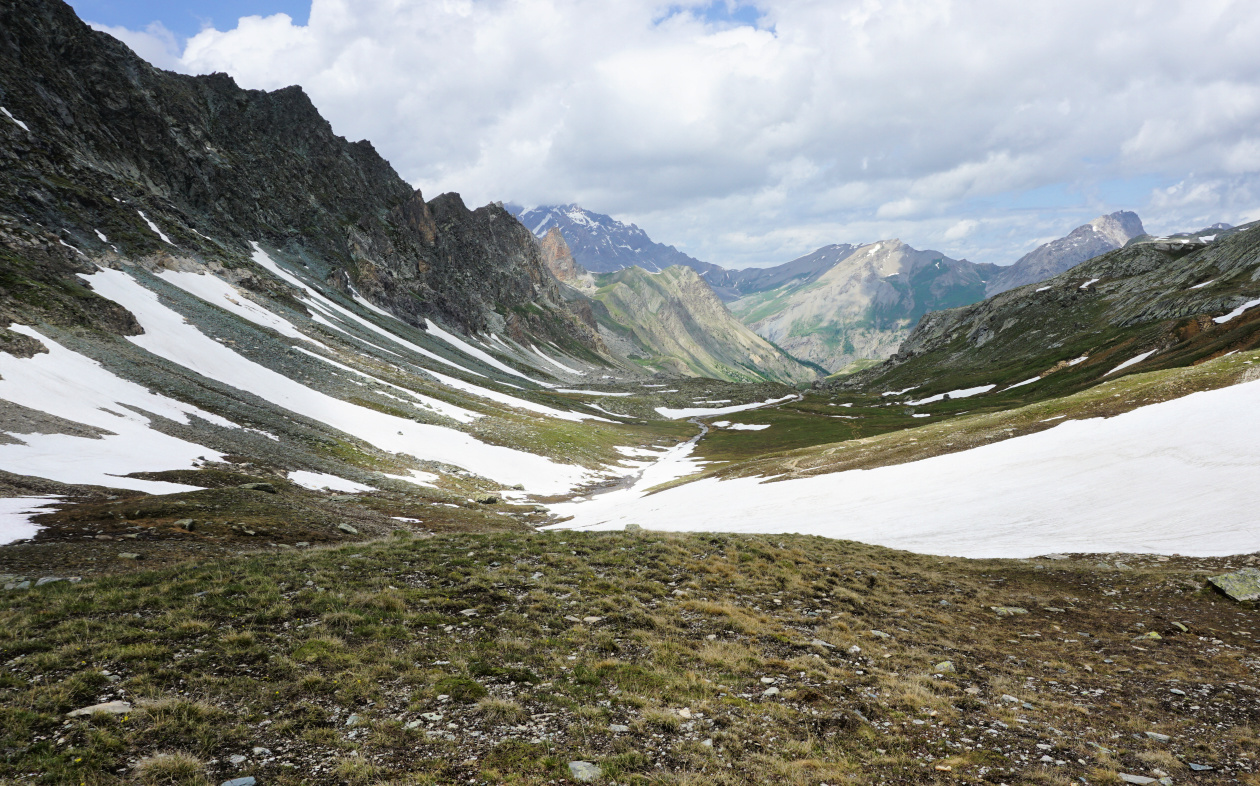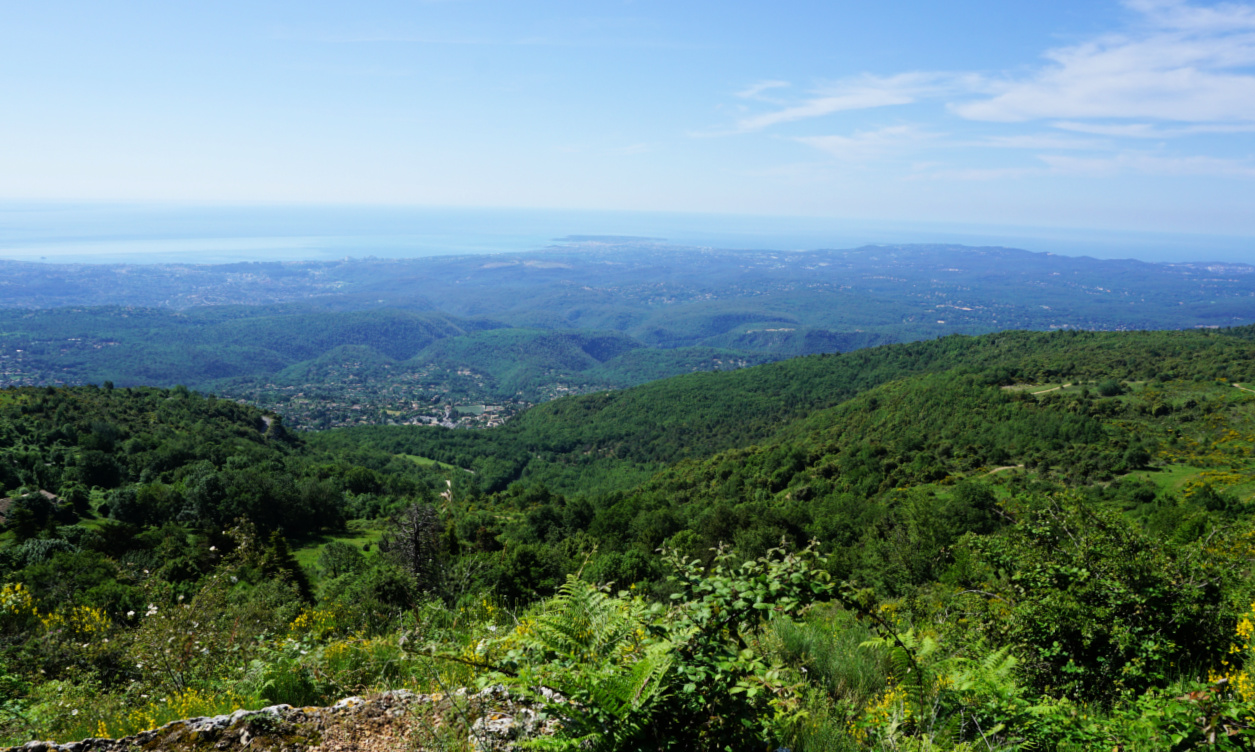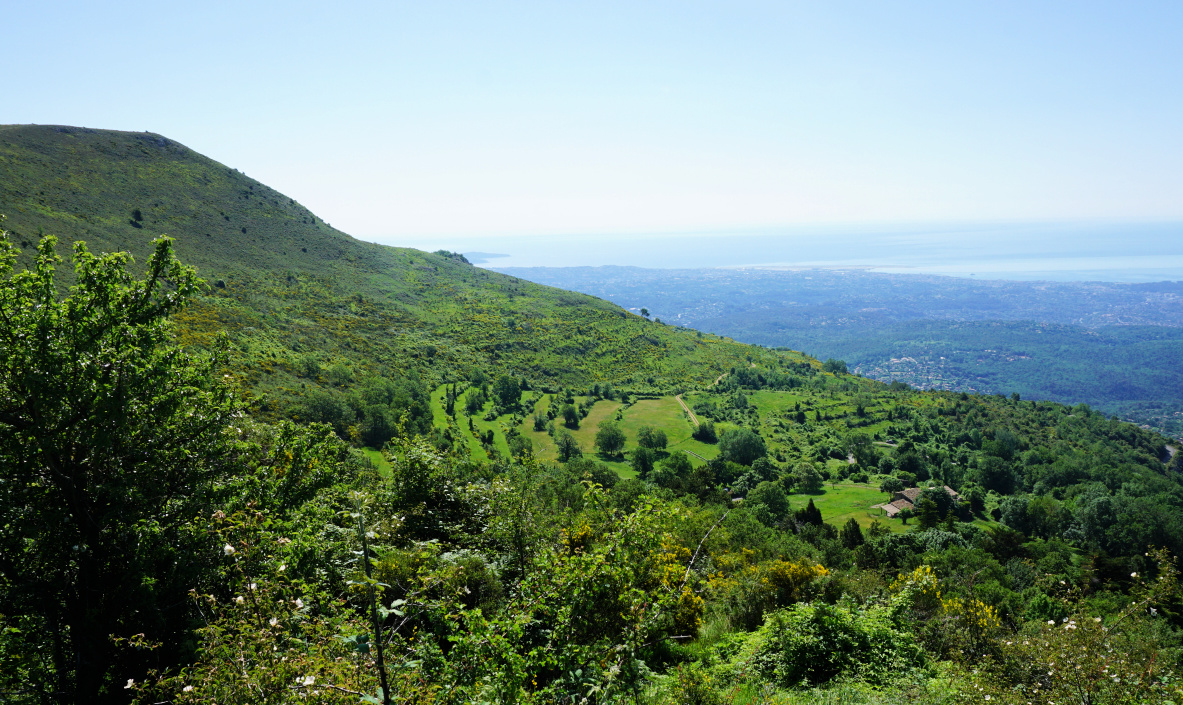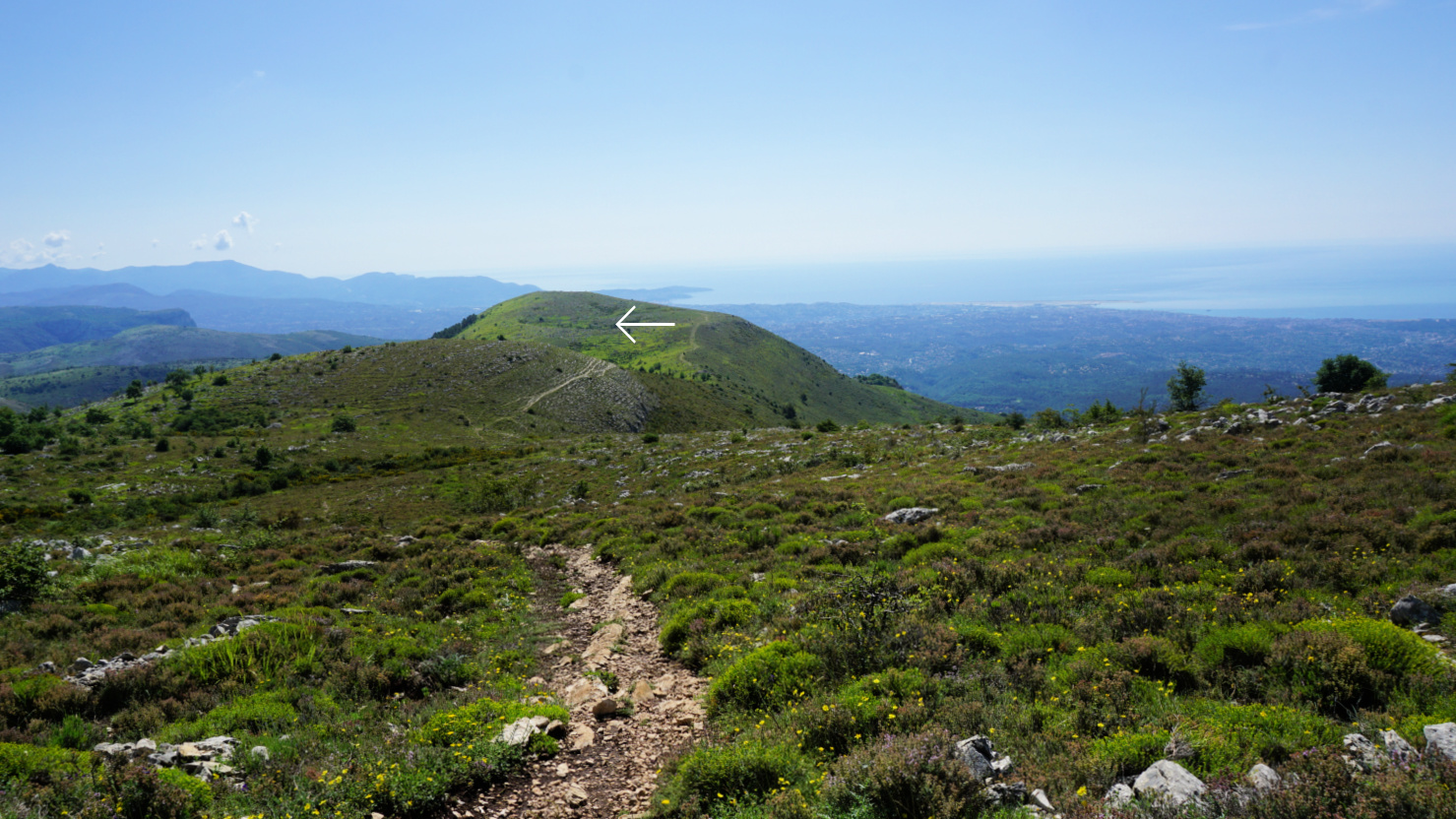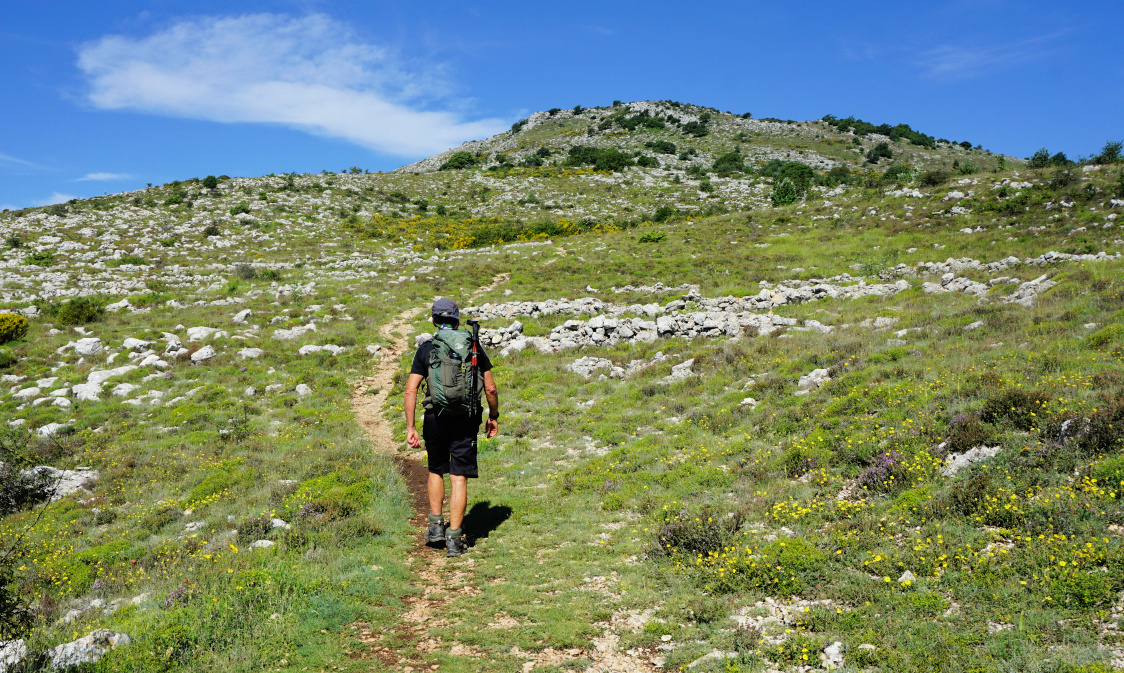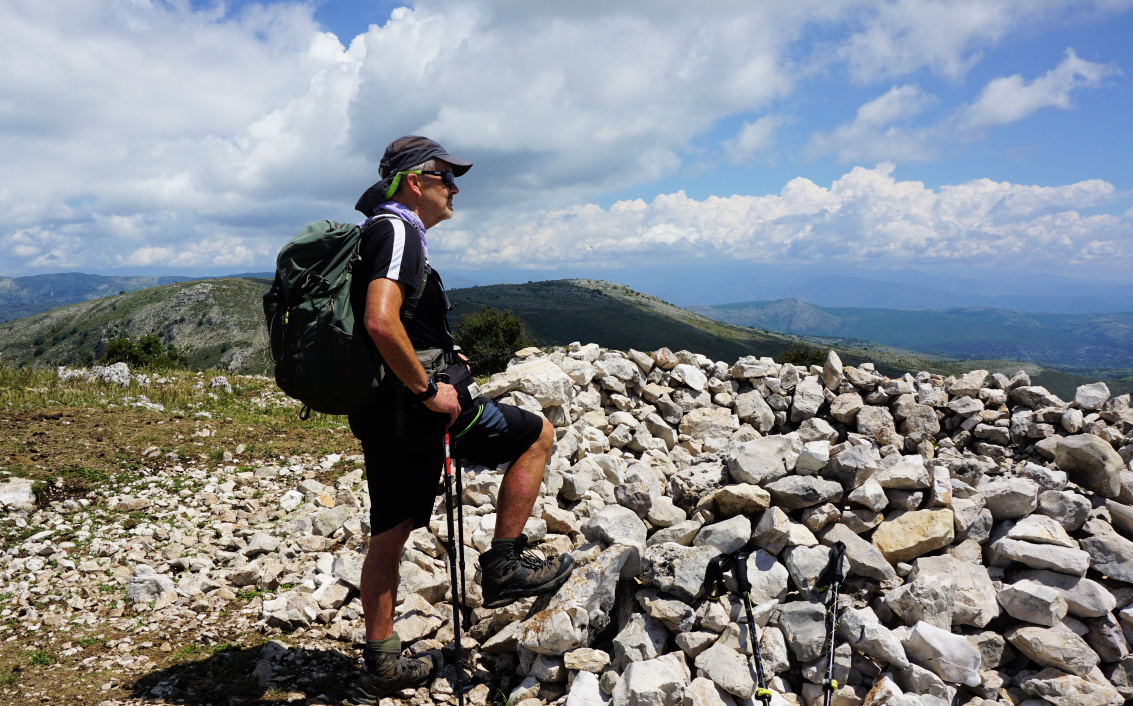Bœuf Bourgignon is the famous beef stew from the Bourgogne Region. In a recent TV-show on the French morning TV, Télématin, a cheffe from the Côte-d’Or Departement showed her version of the recipe. The meat was separately simmered for 3 hours in Pinot Noir red wine with mushrooms and leeks so that the beef was super tender and the thick sauce almost black in colour. The vegetables were separately sautéed and simmered until soft. Her choice of vegetables was more adventurous; to the usual carrots and onions also courgettes, turnips, and green asparagus were added. I was inspired!
The following recipe is my twist of the TV-show. I simmered the beef for 2 hours on the hob in a heavy cooking pot, cocotte, and then cooked it for 1 hour in the oven. I simmered the vegetables in another cocotte until soft.
2 servings
About 300- 400 g stewing beef
500 ml Pinot Noir red wine
1 leek, sliced
4- 6 mushrooms, chopped
Olive oil
For the vegetables:
1 small onion, halved
1 clove garlic, minced
1 carrot, cut into 3-4 cm long chunks
2 small courgettes, cut into 3-4 cm long chunks
1 turnip, peeled and halved
Olive oil fresh herbs to decorate
In a heavy cooking pot, cocotte, warm 2 tbsp. olive oil over medium heat. Lightly brown the beef. You may need to do this in batches. Set aside. Sauté the mushrooms and leek in the same pot for a few minutes. Transfer the meat back to the pot. Add a pinch of salt, some black pepper and pour in the Pinot Noir. The beef should be covered by the wine. Bring to the boil, then reduce the heat to simmering. Cover and cook for 2 hours.
Preheat the oven to 180° C.
Transfer the cocotte uncovered into the oven and cook for 1 hour.
Meanwhile warm 1 tbsp. olive oil over medium heat in another cocotte. Sauté the vegetables for a few minutes. Add 100 ml water, reduce the heat to simmering and cover. Cook for about 2,5 hours until the vegetables are soft.
For the presentation:
With a slotted spoon, take up the vegetables from the pot and divide on the plates. Divide the beef in the centre of the plates and pour over the sauce. Decorate the vegetables with some chopped fresh herbs. Bonne Appétit!











